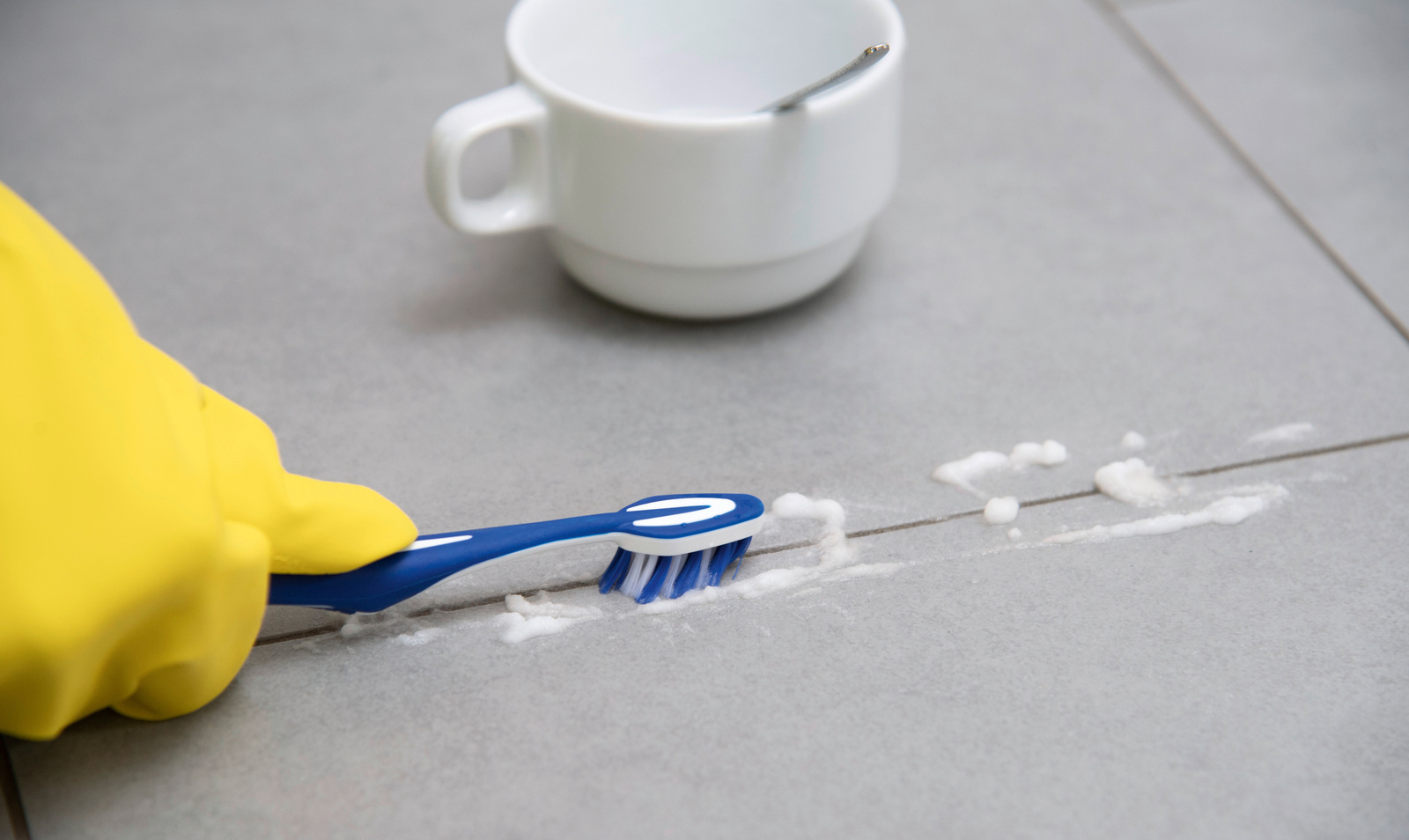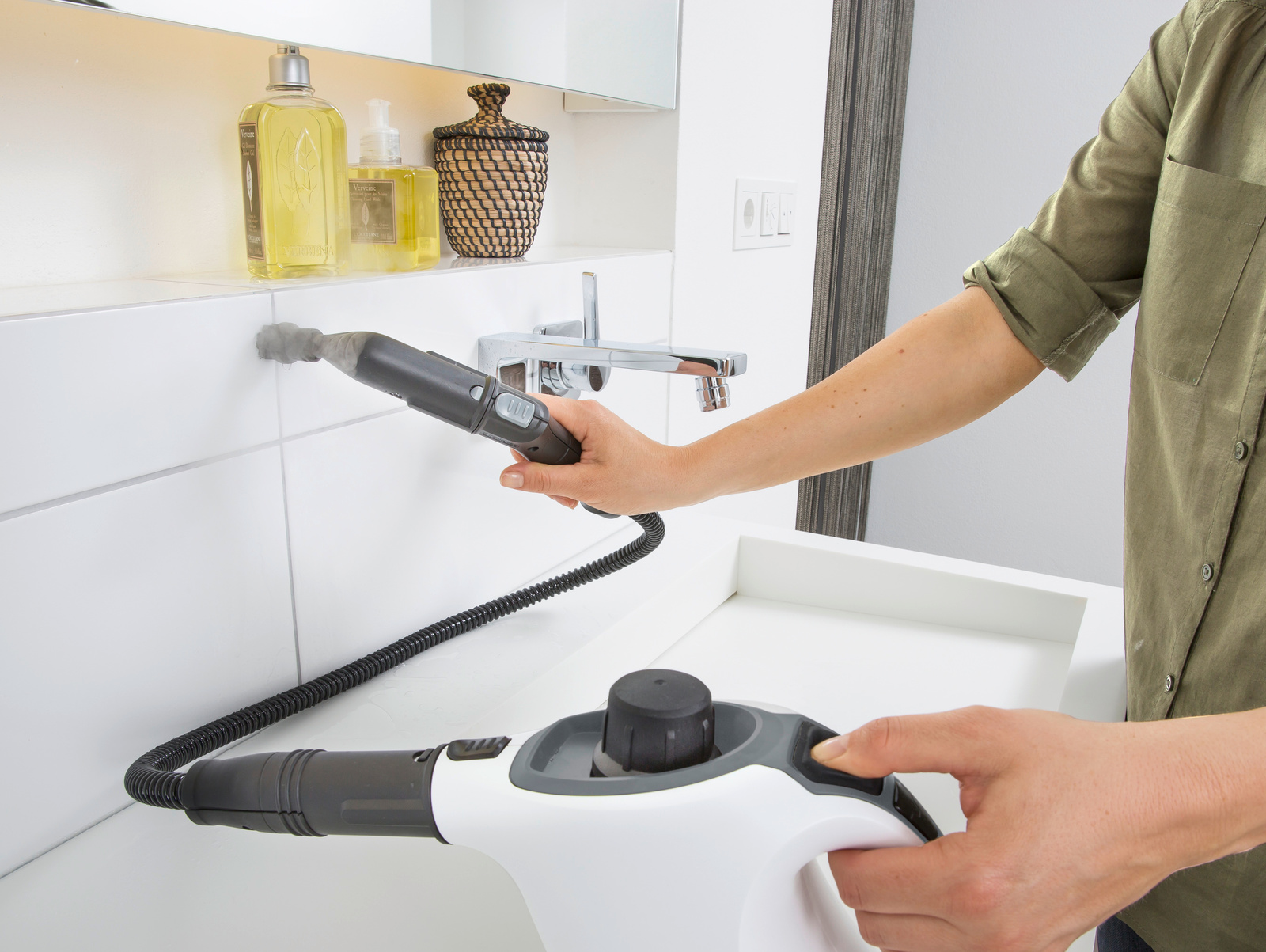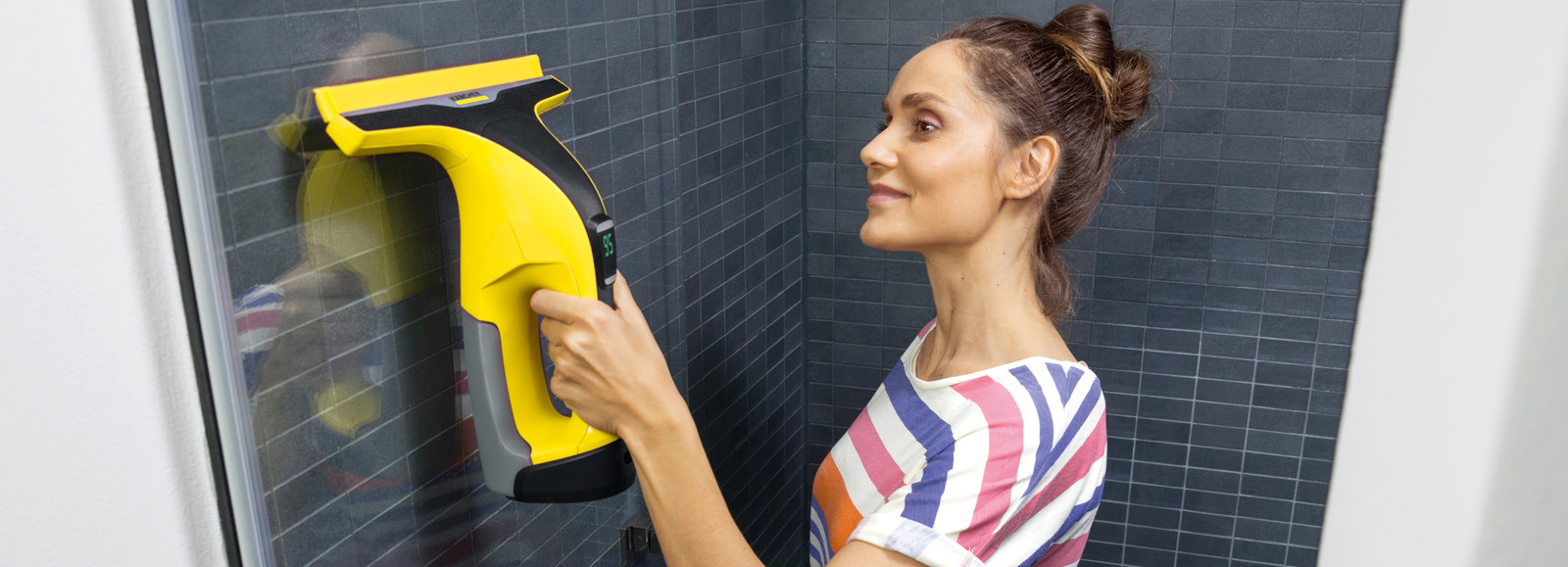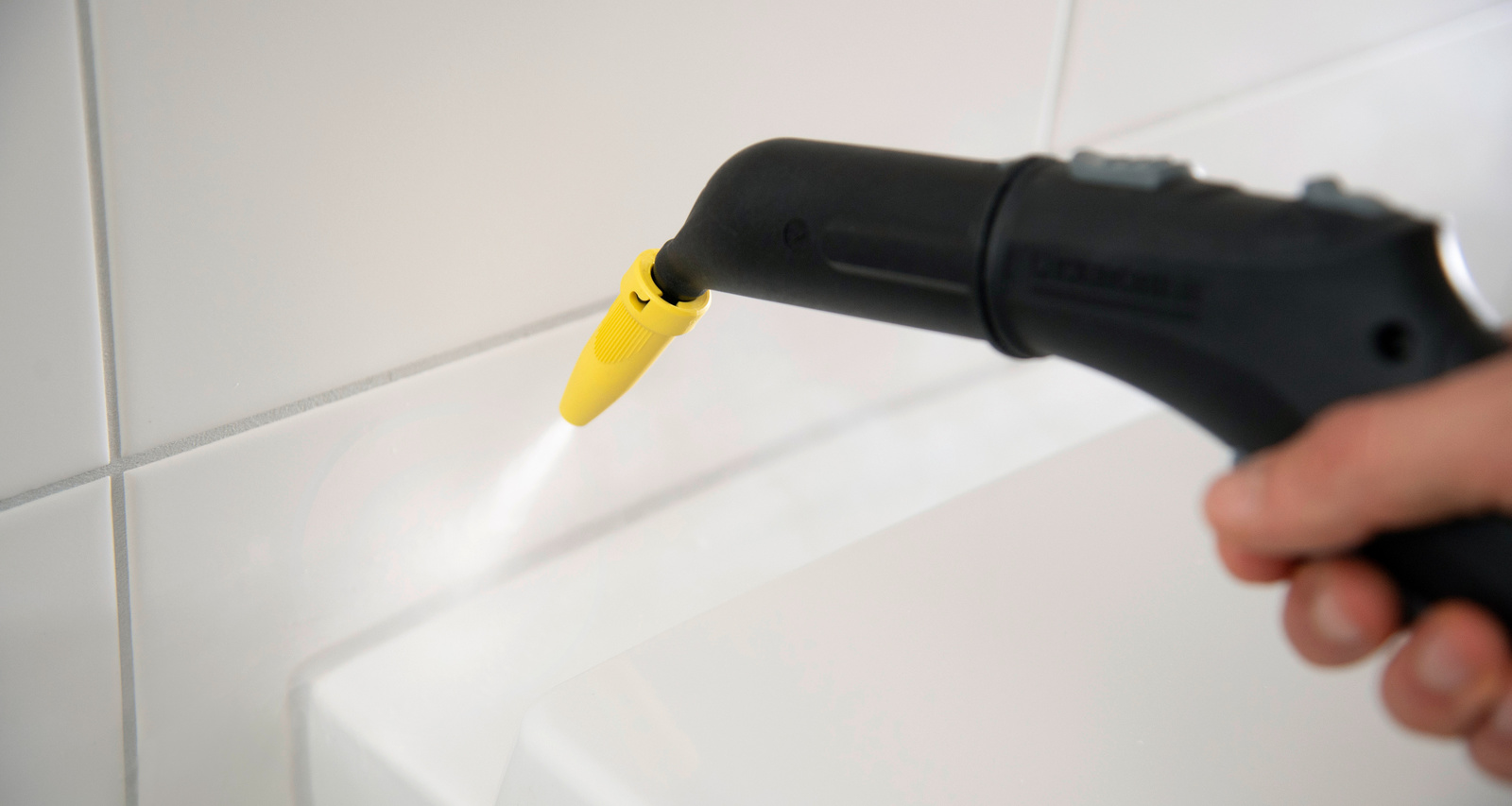Cleaning joints
Tiles are usually relatively easy to care for, but the joints are often neglected when it comes to our daily cleaning routines. This may result in unsightly dirt or even mould formation. With a few simple tips, tile joints are easy to clean.
Joints demand special attention
Wherever there are tiles, you will also find joints. Joints usually consist of mortar and guarantee that the individual tiles are securely bonded. Regardless of which type of tiles are laid, the joints differ fundamentally in their composition and surface quality. Due to their rough surface, dirt adheres to them more easily and more stubbornly than it does to smooth tiles. Since they can absorb moisture, joints are also the ideal breeding ground for bacteria and mould. They therefore require special attention when cleaning.
Which detergent is suitable for cleaning joints?
Detergents are primarily classified according to their pH value. Most multi-purpose cleaners are slightly alkaline (pH value > 7), meaning that organic dirt, such as grease or albumin can be removed. This also removes the food source for micro-organisms. If the joints are only slightly dirty, they can be easily cleaned using alkaline household remedies, such as baking powder, bicarbonate of soda or soda. To do this, mix one of the aforementioned household remedies with water at a ratio of 3:1 to form a thick paste. The paste can then be worked into the joints using a joint brush or a toothbrush. The mixture should be left to work for approx. 30 minutes and then be rinsed off using warm water and a clean cloth. When working with a brush, splashes may occur, so you should always wear protective goggles and gloves.

Caution when using acidic detergents
In bathrooms in particular, mineral dirt such as limescale or urine scale pose a challenge. These can be removed using acidic detergents, such as sanitary cleaners (pH value < 7) or using household remedies, such as vinegar or citric acid. However, caution should be exercised here too because tiles and joints behave differently when cleaned. Since mortar tile joints are also mineral, acidic detergents attack the joints over time. To prevent this, tile joints should always be pre-watered before they are cleaned. If joints are saturated, the acidic detergent can work on the surface without penetrating too deeply into the material.
Professional tip: In bathrooms in particular, we recommend alternate cleaning with acidic and alkaline cleaning agents in order to keep any types of dirt that arise permanently under control. This procedure also prevents mould from forming.

Cleaning joints with the steam cleaner
It is even easier to clean joints with a steam cleaner. The steam is brought to a pressure of up to 4.2 bar and the tiny steam particles are propelled against the surfaces at 170 km/h. The steam therefore also gets into the fine structures of the surface that textiles and brushes often cannot reach. The hot steam itself loosens stubborn dirt and deposits, and the high level of heat effectively prevents mould formation. In most cases, you therefore do not have to use detergents at all, thus protecting the environment and your own airways. In the case of heavy mineral dirt, the joints can be pre-treated with an acidic cleaner, as described above, and the steam cleaner can then be used in the second step. The best way to clean is using a detail nozzle and the appropriate round brush. Each joint is therefore individually cleaned with rapid scrubbing movements. Thanks to the combination of heat and mechanics, even ingrained dirt is removed. Finally, the loosened dirt can be wiped away with a cloth.
Removing mould from joints
In rooms with a high level of humidity, mould can form easily, whereby it feels particularly at home on the rough, porous surface of joints. This is not only unsightly, but it can also have health consequences for allergy-sufferers and those with weakened immune systems. To remove the mould, you can use detergents that contain alcohol or rubbing alcohol (isopropyl alcohol). To do this, the alcohol solution is worked into the joints with a brush or a cloth, and then it evaporates. This method does not usually remove the stains that are left, because alcohol does not contain any bleaching agents. If you want to thoroughly clean the joint, hydrogen peroxide is a tried-and-tested household remedy. A 3% solution is sufficient to effectively tackle mould spores. A soaked piece of kitchen roll can be placed onto the joint to extend the contact time. After half an hour, the solution must be rinsed away with sufficient water.
If the mould has already penetrated deep into the joint, the only solution is to replace the material. To avoid this, mould formation should be actively prevented. To do this, it really helps to regularly ventilate the room. If there are no windows, an exhaust fan may help with this. We also recommend squeegeeing all wet surfaces after using the shower, in order to quickly transport the moisture away.

Cleaning silicone joints
Silicone joints are used, for example, between washbasins and tiled walls. They are significantly more delicate than joints made from mortar, meaning that particular care should be taken when cleaning them. When using the steam cleaner, they should only be steamed because mechanical scrubbing or the use of the power nozzle may quickly damage the surface. Mould can also form in silicone joints. If the mould has already penetrated into the material, it is often more economical to replace the joint than to clean it.








